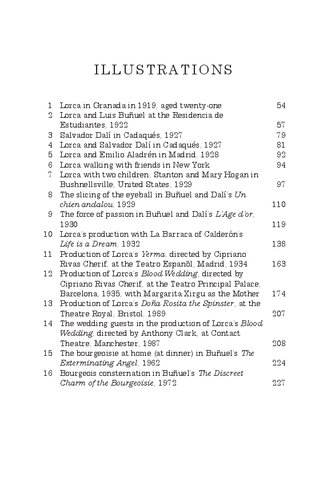

Most ebook files are in PDF format, so you can easily read them using various software such as Foxit Reader or directly on the Google Chrome browser.
Some ebook files are released by publishers in other formats such as .awz, .mobi, .epub, .fb2, etc. You may need to install specific software to read these formats on mobile/PC, such as Calibre.
Please read the tutorial at this link: https://ebookbell.com/faq
We offer FREE conversion to the popular formats you request; however, this may take some time. Therefore, right after payment, please email us, and we will try to provide the service as quickly as possible.
For some exceptional file formats or broken links (if any), please refrain from opening any disputes. Instead, email us first, and we will try to assist within a maximum of 6 hours.
EbookBell Team

4.1
80 reviewsIt is these, the ties that bind them, that constitute the subject of this illuminating book. They were born within six years of each other and, as Gwynne Edwards reveals, their childhood circumstances were very similar. Each was affected by a narrow-minded society and an intolerant religious background which equated sex with sin and led all three to experience sexual problems of different kinds: Lorca the guilt and anguish associated with his homosexuality; Bunuel feelings of sexual inhibition; and, Dali virtual impotence. Having met during the 1920s at the Residencia de Estudiantes in Madrid, they developed intense personal relationships and channelled their respective obsessions into the cultural forms then prevalent in Europe, in particular Surrealism.
Rooted in emotional turmoil, their work - from Lorca’s dramatic characters in search of sexual fulfilment, to Bunuel’s frustrated men and women, and Dali’s potent images of shame and guilt - is highly autobiographical. Their left-wing outrage directed at bourgeois values and the Catholic Church was strongly felt, and in the case of Lorca in particular, was sharpened by the catastrophic Civil War of 1936-9, during the first months of which he was murdered by Franco’s fascists. The war hastened Bunuel’s departure to France and Mexico and Dali’s to New York. Edwards describes how, for the rest of his life, Bunuel clung to his left-wing ideals and made outstanding films, while the increasingly eccentric and money-obsessed Dali embraced Fascism and the Catholic Church, and saw his art go into
…